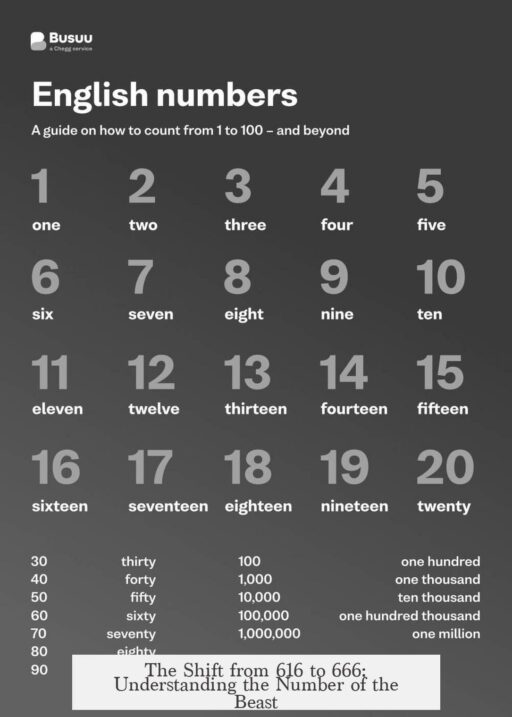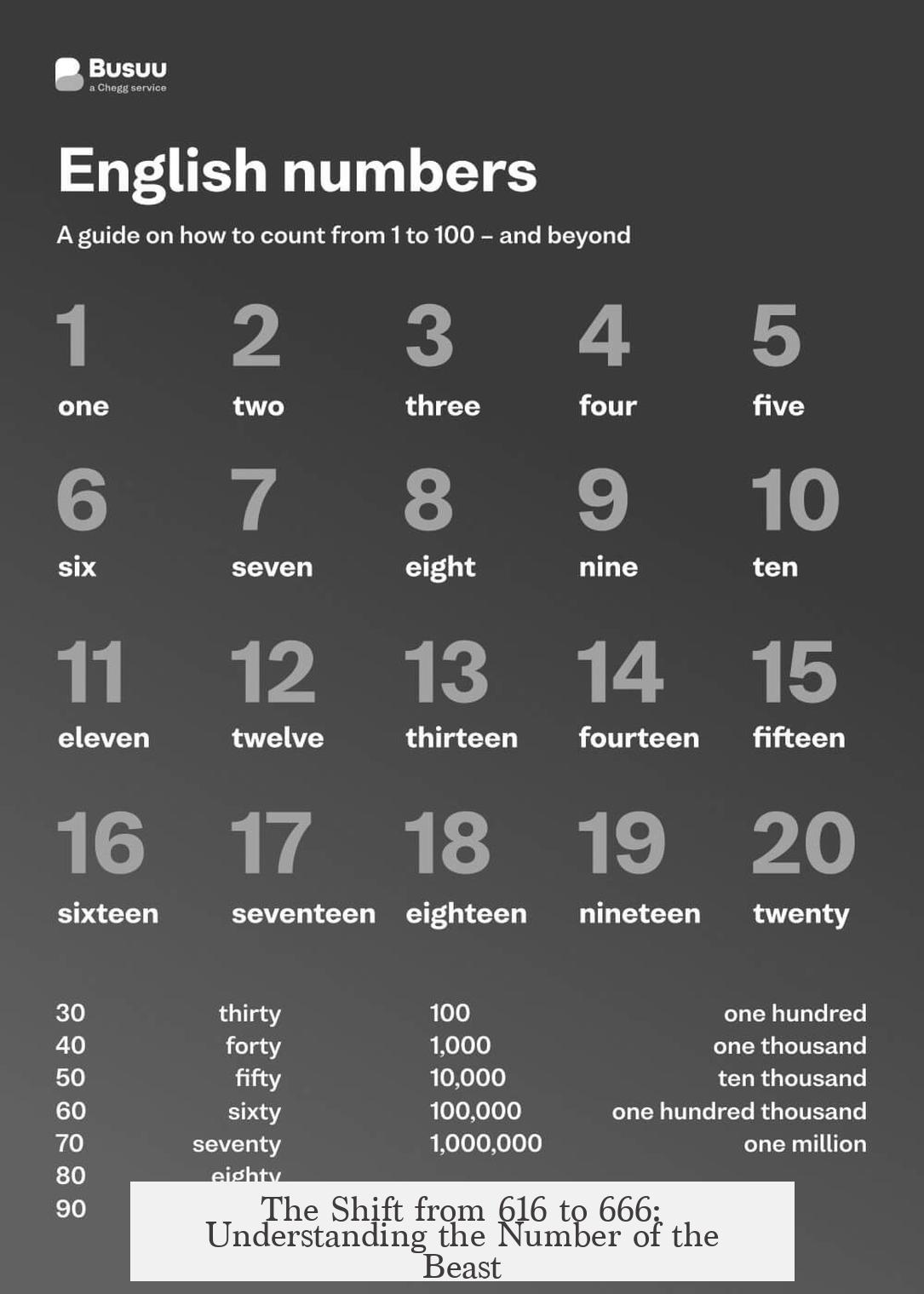The number of the beast in the Book of Revelation did not change from 616 to 666. Both numbers existed as textual variants from early on, with 666 being the primary and original reading, while 616 appears as a less common alternative. The coexistence of these numbers reflects differences in ancient numeral interpretation and linguistic forms rather than a replacement or error.
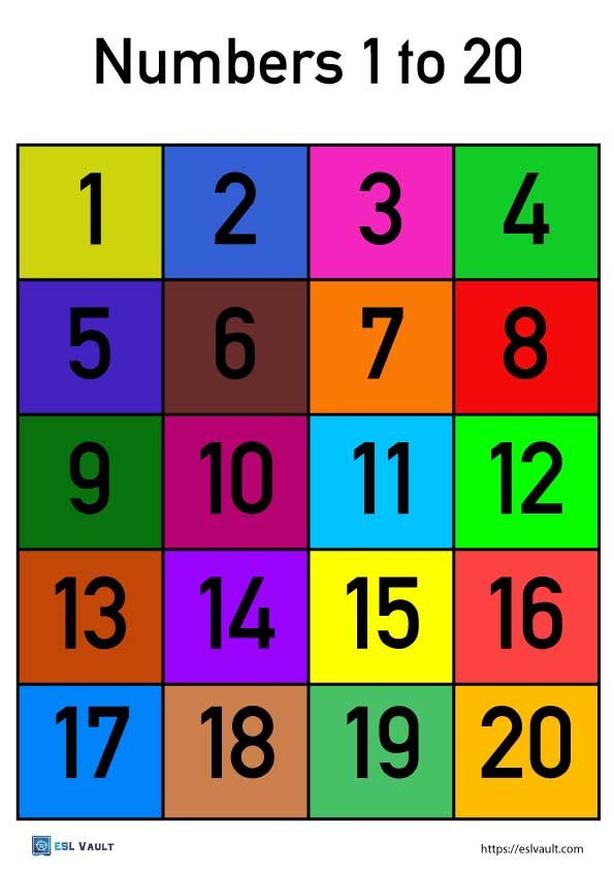
The earliest manuscript evidence and witnesses support 666 as the original number of the beast. For instance, Irenaeus, writing around 180-190 CE in Against Heresies, clearly states the number as 666. Additionally, an early papyrus manuscript known as P47, dated to the 3rd century CE, also records 666. These sources carry significant weight in biblical textual scholarship.
However, the variant 616 is attested alongside 666 very early in textual history. The papyrus P115 includes both variants explicitly within the same fragment, offering an ancient example of both numbers appearing side by side. Irenaeus himself was aware of these discrepancies. He acknowledged the existence of variant readings and specifically noted that some had altered the number to 616, but he dismissed this as incorrect. Thus, rather than a chronological change from 616 to 666, both numbers existed concurrently in early Christian writings.

The explanation for these two variants arises from ancient practices of numerical symbolism, particularly gematria, a method of assigning numerical values to letters, common in Hebrew and Jewish traditions. Gematria was used to encode words with symbolic numeric meanings, often to conceal messages or provide layered meanings.
Both 666 and 616 correspond to different Greek forms of the word “beast”—the basis for calculating the number:
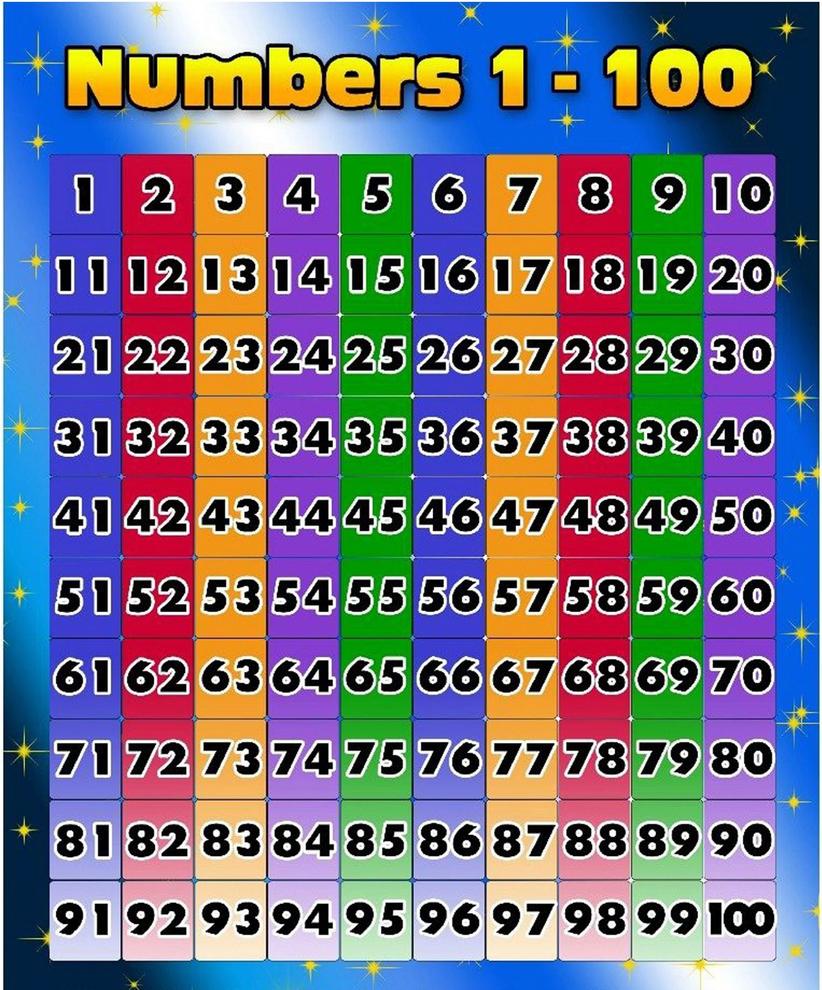
- θῆριον (thērion, “beast”) yields the numerical value 666.
- θηρίου (thēriou, “of the beast”) totals 616.
This difference in grammatical form explains how two slightly different but related numbers emerged, each matching a legitimate Greek form of “beast.” This numerical calculation is termed psephon in Revelation 13:18 and involves transliteration of Greek into Hebrew numerals.
Another layer to this numeric puzzle is the practice of isopsephy, a Greek form of gematria where words or phrases with equal letter values create meaning through equivalence. Isopsephy was a common rhetorical device in Greek poetry and culture of the 1st century CE.
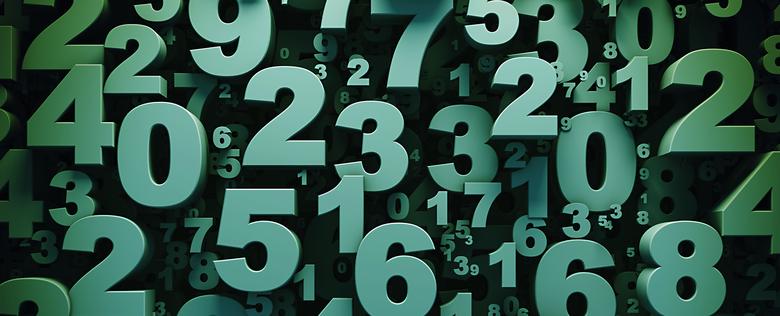
The most widely accepted interpretation links 666 and 616 to the Roman emperor Nero, who was infamous among early Christians. Nero’s name, when encoded in Hebrew letters, corresponds to both numbers depending on the form used:
| Form | Hebrew Transliteration | Numerical Value |
|---|---|---|
| Νέρων Καῖσαρ (Nero Caesar, Greek) | נרונ קסר (Nrwn Qsr) | 666 |
| Nero Caesar (Latin) | נרו קסר (Nrw Qsr) | 616 |
This dual encoding explains why early Christian texts exhibit two legitimate readings of the number. Nero served as a symbolic “beast,” representing persecution and evil for early Christian communities. This cryptic numeric practice allowed for veiled social and political commentary under Roman rule.

Other possible candidates for the number exist, but none explain both variants adequately. Nero remains the strongest historical and linguistic candidate. The number of the beast formula integrates Jewish numerology and Greek poetic techniques to deliver a layered message to its first readers.
- 666 is the original and primary number of the beast in ancient manuscripts.
- 616 exists as an early variant but never replaced 666.
- Both numbers stem from gematria applied to different Greek forms of “beast.”
- Isopsephy reveals both numbers encode the name “Nero Caesar” in Hebrew letters.
- This dual reading fits early Christian socio-political contexts.
- Textual evidence, including papyri and church fathers, confirm both variants co-existed.
How Did the Number of the Beast Change from ‘616’ to ‘666’?
Short answer: It didn’t. The number of the beast did not change from 616 to 666. Both 616 and 666 existed as variants, early on, side by side. This might sound like an anti-climax if you expected a dramatic switching story, but the real question is why these two numbers co-existed in the first place.
To dive into this, we must look at early texts, ancient numerical puzzles, and even some Roman political intrigue. Spoiler: Nero Caesar makes a cameo.
Texts Tell the Tale: 666 or 616?
It all begins with ancient manuscripts—essentially the scrolls and papyri holding the original words of Revelation 13:18.
The solid earliest witnesses to the passage, from around the 2nd century CE, give us 666. For example, Irenaeus, who wrote Against Heresies between 180-190 CE, firmly states the beast’s number as 666. Likewise, the Chester Beatty Library manuscript, known as P47, dating to the 200s CE, reads 666.
So, where does 616 come into the picture? It’s not a late invention, nor a replacement. Instead, the variant 616 existed alongside 666 almost from the start. A prime example is the papyrus P115, which explicitly includes both numbers in a sort of “or” statement. The text literally reads: “… and its number is 666 or 616.”
Additionally, Irenaeus comments on the variants, acknowledging that some had “erred” in using 616, favoring 666 himself. This shows the awareness and debate over the variants even in early Christian circles.
Gematria: The Ancient Number Riddle
Now for a fun twist — why two numbers at all? Welcome to gematria, an ancient numerological practice where letters double as numbers. It’s basically ancient Scrabble with math.
In gematria, words get transliterated into Hebrew letters, each of which has a numerical value. The sum of these values creates a “calculation” tied to the word. It was a common rabbinic method used to hide meanings or make pointed comments.
Here’s the important part: both 666 and 616 come from different Hebrew transliterations of the Greek word for “beast”:
- θήριον (“beast”) becomes תריון (trywn) in Hebrew, summing to 666.
- θηρίου (“of the beast”) becomes תריו (tryw), summing to 616.
It’s like two sides of the same linguistic coin—one slightly different Greek grammatical form leads to a different Hebrew numeral total.
Isopsephy and Roman Names: Decoding Nero’s Shadow
But that’s not the end of our cryptic journey. There’s a related but distinct practice called isopsephy, where two Greek phrases have identical numerical values. This was often a poetic device or a code to communicate sensitive ideas without openly naming a person.
Revelation’s “beast” seems tailored to such a code, with one strong candidate being Nero Caesar, the notorious Roman emperor infamous among early Christians.
How does Nero fit in? In Greek isopsephy:
- Νέρων Καῖσαρ (“Nero Caesar”) in Greek letters, when converted, total 666.
- The Latinized name Νέρωρ Καῖσαρ (“Nero Caesar”) transliterated differently and summed to 616.
This duality explains the two numerical values found in different manuscripts. Early Christian communities might have used this numeric code to subtly identify Nero as the “beast,” while avoiding direct accusations that could invite persecution.
Why Nero? Why Both Numbers?
Nero fits several historical and contextual clues:
- He was a cruel emperor whose reign (54-68 CE) left a lasting fear in the Christian imagination.
- Early Christians saw him as an archetype of evil and persecution.
- The gematria and isopsephy mean both 666 and 616 point to his name in Greek and Latin forms, reflecting different linguistic communities.
Other theories exist, but none so neatly account for both numbers simultaneously.
In a Nutshell: What Have We Learned?
The beast’s number didn’t flip-flop from 616 to 666 or vice versa. Instead:
- Both 616 and 666 existed very early as manuscript variants.
- The earliest and strongest textual witnesses prefer 666.
- The reason for two numbers stems from a mix of linguistic forms and numeric letter values in gematria.
- Isopsephy—an ancient Greek poetic code—links these numbers directly to Nero Caesar’s name.
- This cryptic number-play delivered a powerful, veiled message to early Christian readers.
Practical Implications: What Does This Mean Today?
So, next time someone claims “the number of the beast changed” or “it was really 616,” you can confidently say: both numbers existed at once. It’s not a story of change but coexistence.
Recognizing this deepens appreciation for the complex, layered world early Christians lived in, where texts doubled as secret codes, and numerical puzzles were tactical weapons.
If you’re fascinated by how ancient texts embed hidden meanings, this case study is a masterclass in textual transmission, linguistics, and numerical symbolism all rolled into one.
Want to dive deeper?
- Explore Irenaeus’s commentary in Against Heresies, where he critiques the variants.
- Look up papyri manuscripts like P47 and P115 for a direct glimpse at early text variants.
- Research gematria and isopsephy to understand how numbers and letters provided coded messages.
- Read historical accounts of Nero’s reign to see why he haunted early Christian writings.
History and theology meet cryptography in the number of the beast. It’s a fascinating puzzle, where 616 and 666 are less rivals and more two faces of the same cryptic beast.
